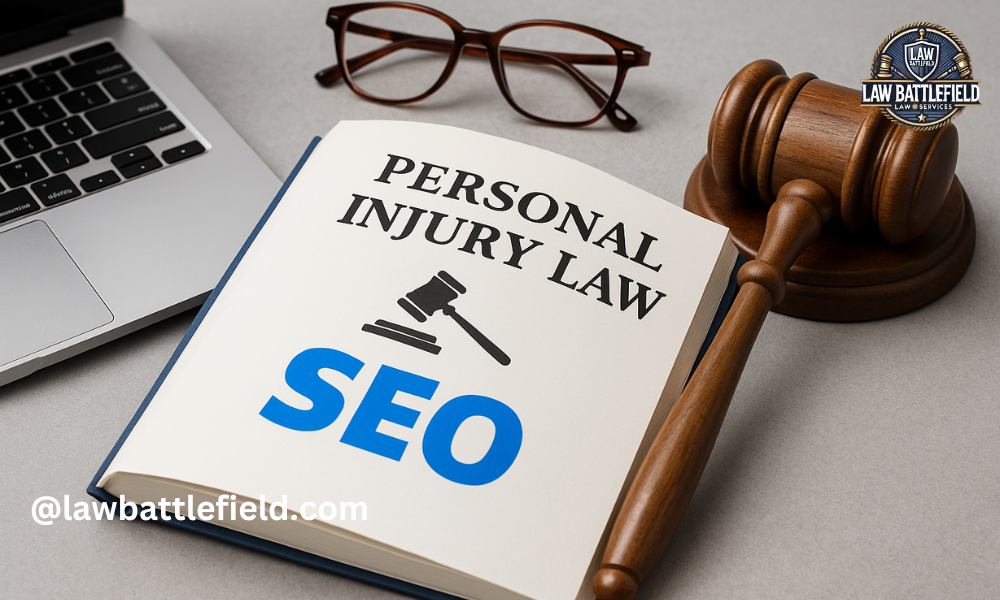Understanding your rights after an accident can feel overwhelming. Especially if you think you bear some responsibility. It’s important to know you might still be eligible for compensation. This can be reassuring. In many states, including Illinois, laws allow you to file a personal injury claim even if you are partially at fault. The percentage of your fault often determines how much compensation you receive. A Rockford personal injury law firm can guide you through this process. They will help ensure you understand your options. The legal system can seem daunting. However, with clear advice, you can navigate it with confidence. It’s essential to remember that your mistakes don’t necessarily bar you from seeking justice. You still have rights. You deserve a fair chance to receive the help you need. This blog will explain how partial fault affects your claim. We will also discuss the steps you should take next.
Understanding Comparative Fault
Comparative fault refers to the legal concept that helps decide how much compensation you may get if you are partially at fault. In states with comparative fault laws, your compensation is reduced by your percentage of fault. For example, if you are 30% at fault, your compensation might be reduced by that amount. This helps ensure fairness in cases where multiple parties share blame.
Types of Comparative Fault
There are three main types of comparative fault systems. Understanding these can help you know what to expect in your specific situation.
- Pure Comparative Fault: In this system, you can recover damages no matter how much you are at fault. Your compensation is reduced by your fault percentage. Even if you are 99% at fault, you can still recover 1% of your damages.
- Modified Comparative Fault (50% Rule): Here, you can only recover damages if you are less than 50% at fault. If you are 50% or more at fault, you cannot recover any compensation.
- Modified Comparative Fault (51% Rule): This rule states you can recover damages only if you are less than 51% at fault. Being 51% or more at fault means no compensation.
State Examples and Rules
Different states follow different rules when it comes to comparative fault. Understanding your state’s rules can give you a clearer idea of your situation.
| State | Type of Comparative Fault |
| Illinois | Modified Comparative Fault (51% Rule) |
| California | Pure Comparative Fault |
| Texas | Modified Comparative Fault (51% Rule) |
Steps to Take After an Accident
Knowing what steps to take after an accident can help you protect your rights and ensure you get the compensation you deserve.
- Gather Evidence: Collect as much information as possible. Take photos, get contact details of witnesses, and document your injuries.
- Seek Medical Attention: Getting medical help is crucial. It ensures your injuries are treated, and it documents your condition for legal purposes.
- Contact a Legal Professional: Seek advice from a legal expert who understands personal injury law. They can explain your rights and guide you through the process.
Importance of Legal Guidance
Having the right legal guidance can make a significant difference in your case. Experienced professionals can help you understand the complex legal landscape. They know how to negotiate with insurance companies and ensure you receive fair compensation. Learn more about handling claims from the U.S. Government’s official insurance claims page.
Conclusion
Being partially at fault doesn’t mean you cannot file a personal injury claim. Understanding your state’s comparative fault laws and taking the right steps after an accident are essential. With the right legal support, you can navigate this challenging time and seek the compensation you deserve. Knowing your rights and having an advocate by your side can help you move forward with confidence.
Was this article helpful? Check out more on Lawbattlefield.com





